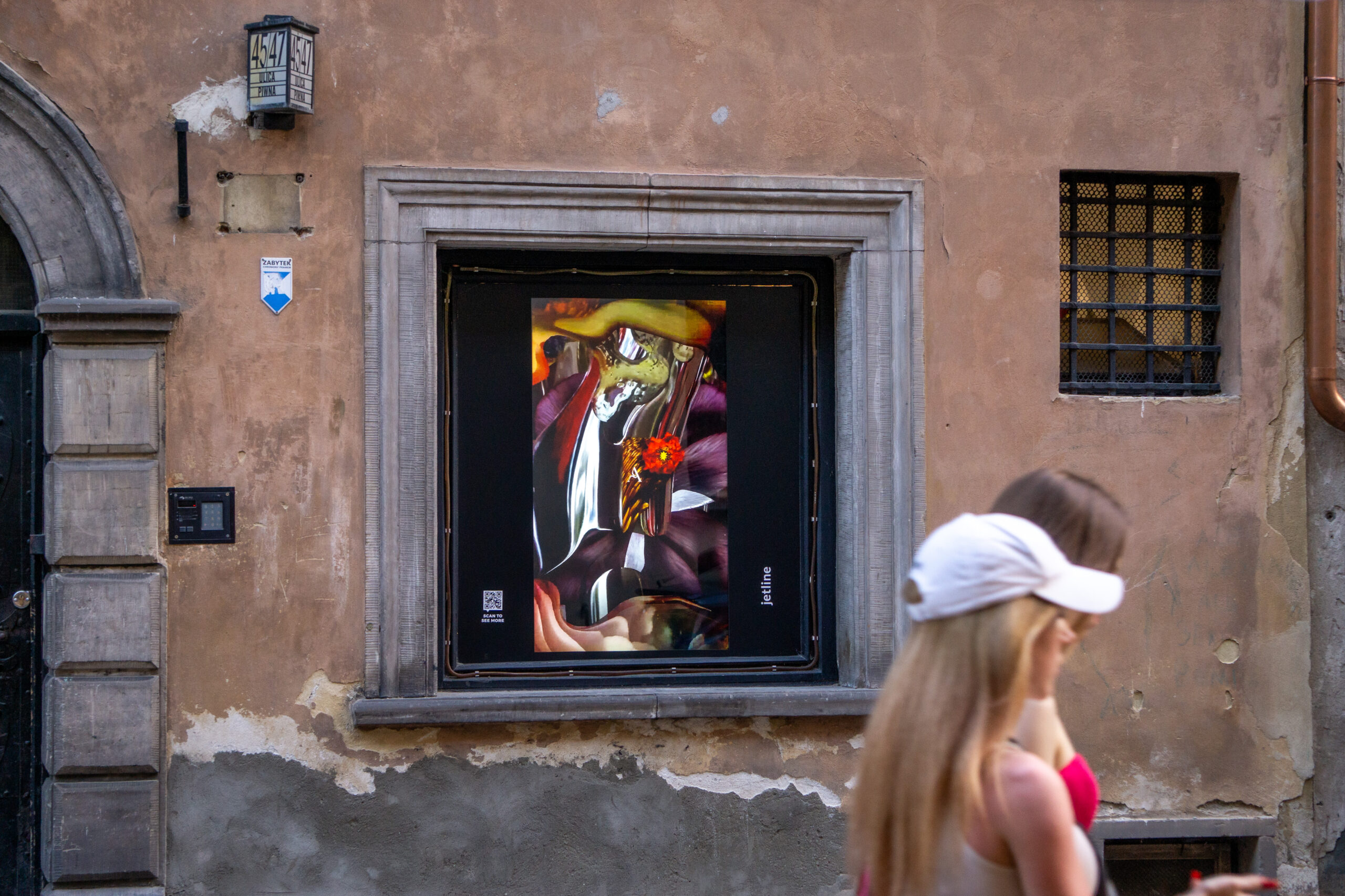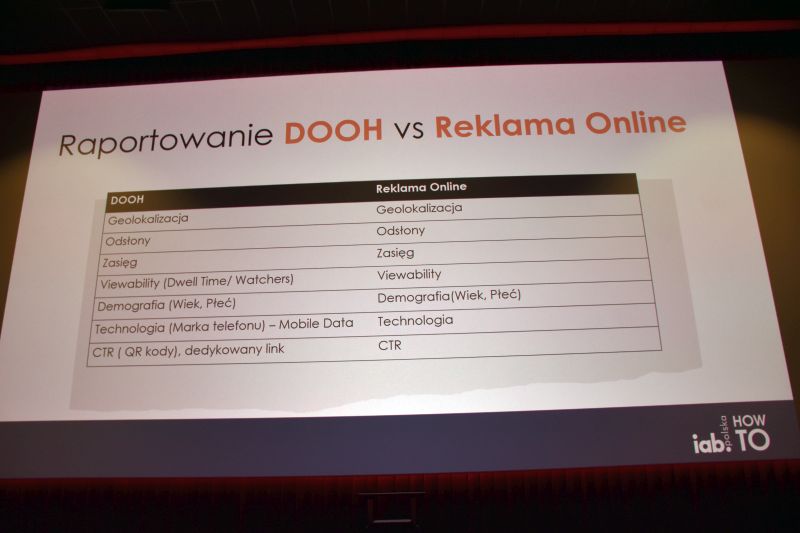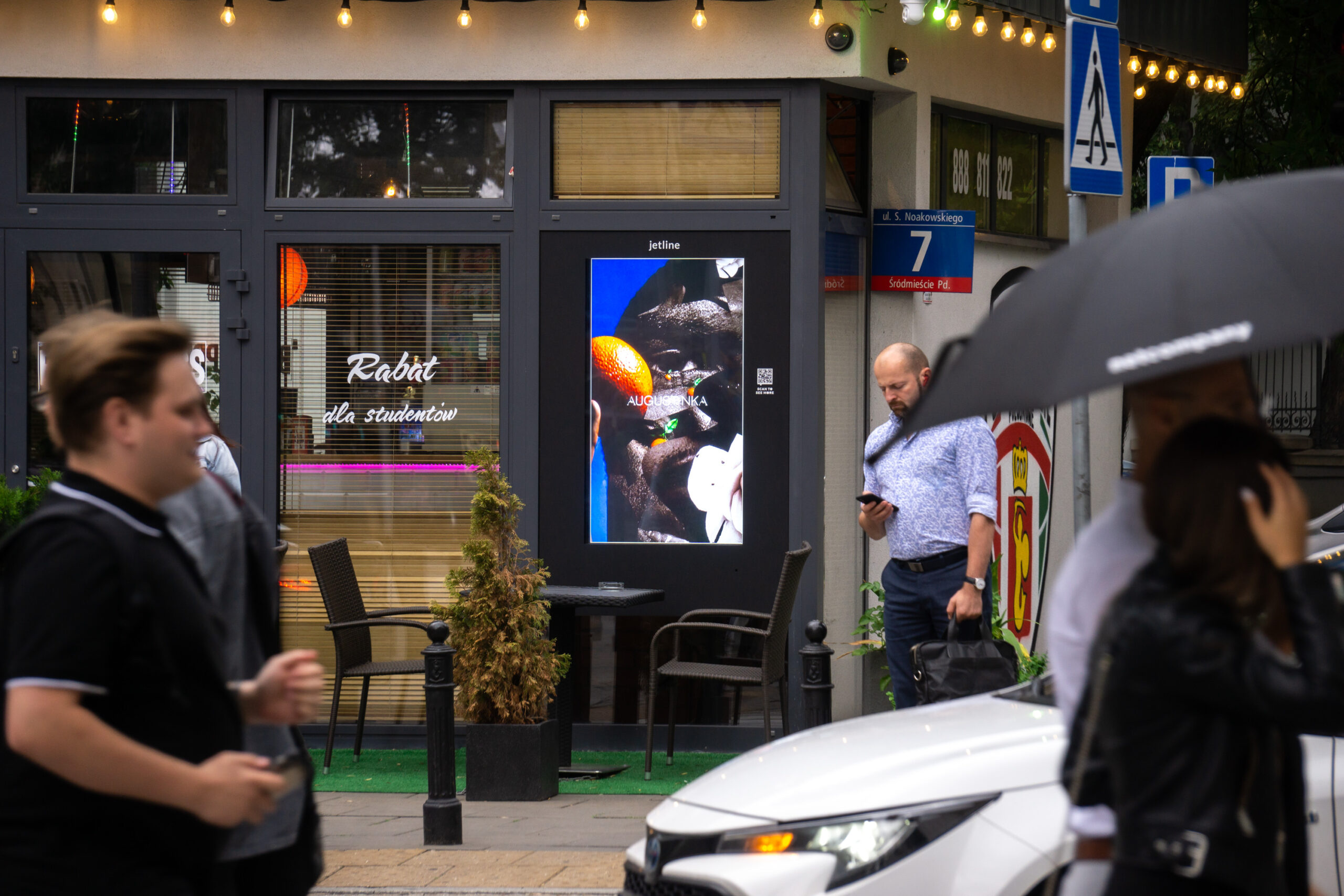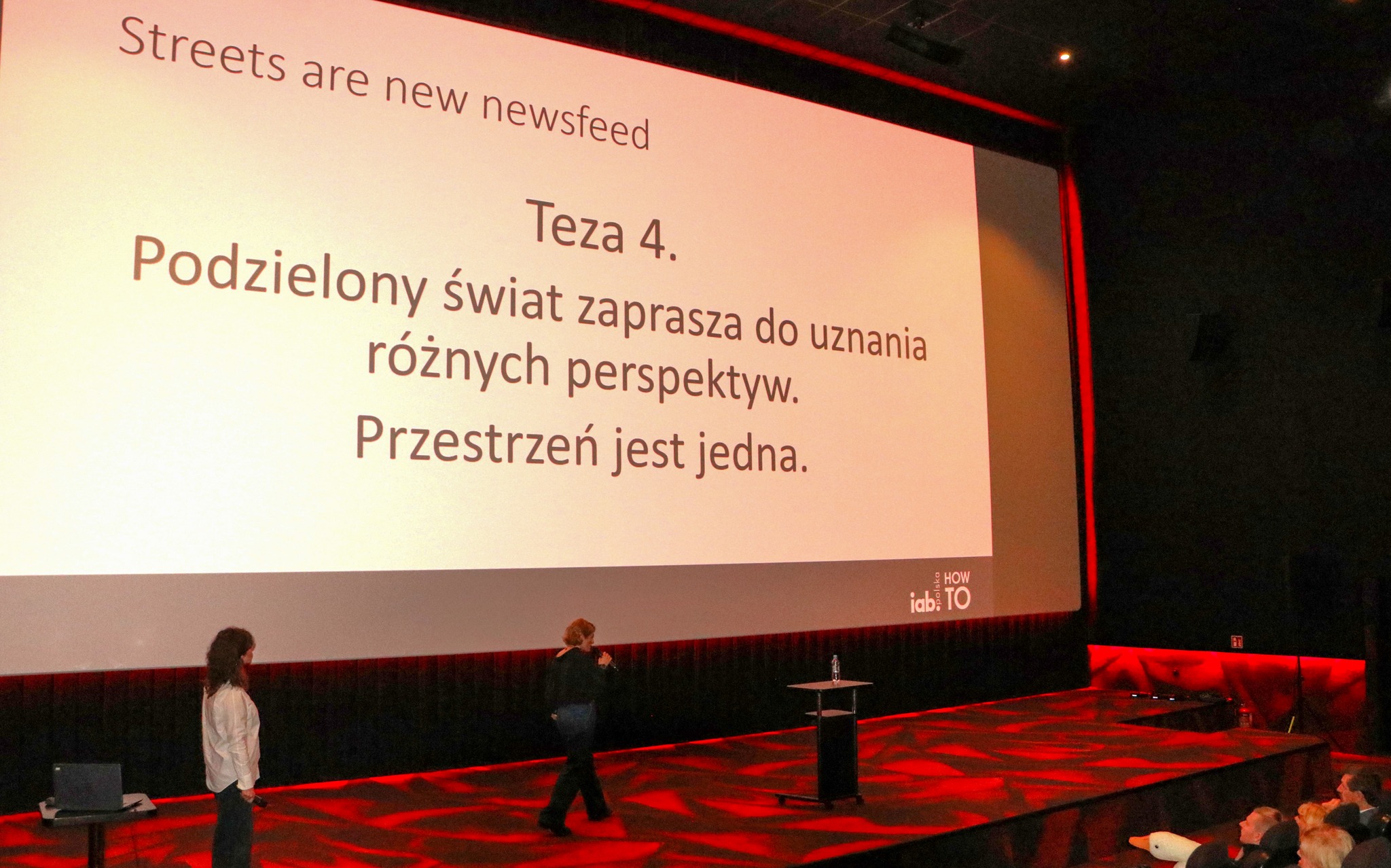Is DOOH more Effective than Online Advertising?
DOOH - Digital Out Of Home and online advertising have differences and advantages that can affect their effectiveness depending on the advertiser's goals and target audience.
In the era of ubiquitous digitalization, media are undergoing mediamorphosis. TV viewership is declining - especially among younger target groups. The already dying press is moving to the online world. Online advertising itself has become a dominant element of advertising spending.
Outdoor advertising has also changed.
“We Have a New Medium - It's Called Digital out of Home”
Not long ago, at the IAB Conference, we reminded everyone that a new medium has emerged - DOOH. It takes the best from classic outdoor advertising (OOH) and isn't afraid of progressing digitalization. It moves with the times, utilizing technological innovations and solutions that offer huge potential for marketers.
DOOH - one Display Reaches many Viewers
In DOOH, a campaign is effective, while on the internet, it can vary. One ad spot emission in DOOH reaches a larger number of viewers who are near the advertising medium. On the internet, user contact with an ad is “one-to-one”, and the number of impressions needs to be higher to reach the desired number of people. Such ads are also easy to skip or turn off.
Outdoor advertising, both classic and digital, attracts attention.
Programmatic Campaign Buying
Digital OOH allows for content adaptation to context, time, and place. Similar to online advertising campaigns, the purchase of advertising space can be done automatically. DOOH enables displaying ads based on time of day, weather, location, or viewer profile and number. Such a campaign is more relevant, attractive, and effective. DOOH provides marketers with hard data. They can track their campaign progress using specially designed platforms and optimize it in real-time.
In internet campaigns, CPM is the standard - advertisers using this rate set a target price for 1000 ad impressions and pay for each ad appearance. At Jet Line, we have rCPM. Its calculation is based on realistically determining the audience area that has a chance to actually see each specific spot in the campaign.
Target Group and DOOH
For a long time in outdoor advertising, the most important aspect of choosing an advertising medium was its location. Geolocation and context of the medium are still important, but the most crucial are the viewers who see the ads.
At Jet Line, we plan and know the audience of each ad spot individually. Just as in online advertising, we can determine many demographic characteristics. We count our audience through sensors from ARA, which are installed on MORE screens. They recognize people, as well as cars and public transport vehicles. They record precise movement paths of each of these objects. Thanks to this, we know that our ads are seen by 882,360 people daily in 8 major cities in Poland.
Moreover, such an audience is real, not statistical. Therefore, there's no problem at all in determining the viewability rate (CTR).
Visibility and Reach
Our ads are in strategic locations - highly visible and with the highest traffic intensity. They attract the attention of pedestrians, public transport passengers, and also car drivers. This allows for achieving wide reach and increasing ad visibility.
The very connection of our screens into a network enables information transfer between them and finding correlations. It's also possible to use geolocation, which allows for content adaptation depending on the viewers' location. For example, if someone is near a restaurant, they might see a lunch promotion on the screen.
Your campaign is more effective because you know you'll reach the audience you're looking for.
Image source: IAB Conference (presentation Streets are new newsfeed | Agnieszka Maszewska and Aleksandra Derc)

Synergy - the Key Word
The synergy of DOOH and online media has many benefits for marketers and advertisers. Firstly, it increases the reach and frequency of campaigns. It reaches audiences both in public spaces and at home or work. Secondly, it improves efficiency and return on investment (ROI). Thus, it allows for better content matching to the needs and expectations of viewers. Thirdly, it builds customer engagement and loyalty, as it creates consistent and attractive advertising experiences across different devices and platforms.
Another way to combine DOOH and online media is through so-called trans-media storytelling / multiplatform storytelling. It involves telling a coherent and engaging brand story using various communication channels. For example: a DOOH ad can present the main message and encourage viewers to follow the story further online. An online ad, on the other hand, can continue the narrative and invite users to interact with the brand, e.g., by participating in a contest, downloading an e-book, or signing up for a newsletter. Unique content can be delivered in each channel. Importantly, they are not only interconnected but also narratively synchronized.
Brands that can effectively combine these two communication channels can achieve a significant competitive advantage and build lasting relationships with their audience.

Image source: IAB Conference
So What Does DOOH Have that Online Advertising Doesn't?
Both these forms of advertising have a lot in common. However, there is something that online advertising doesn't have. DOOH allows for real interaction with viewers. An example is our Let's Wave = Let's Help campaign. It engaged viewers in an immediate, authentic way that other social media formats certainly wouldn't be able to.
*
Before I joined the Jet Line team, I was involved in online marketing. I see the potential and differences of both media. After all, we also advertise on the internet. One conclusion emerges: we need to make the best use of all available tools. Media work best in synergy.



